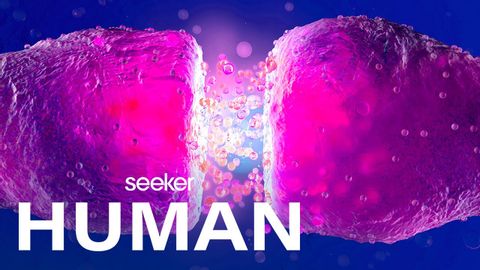40年間、人々を眠らせ続けた神経疾患 (This Neurological Disease Kept People Sleeping for 40 Years)
Summer が 2021 年 04 月 30 日 に投稿  この条件に一致する単語はありません
この条件に一致する単語はありませんUS /ˈkrɑnɪk/
・
UK /'krɒnɪk/
US /əˈprəʊtʃ/
・
UK /ə'prəʊtʃ/
- v.t./i.近づく;話を持ちかける
- n. (c./u.)目的に近づく方法 : 道;交渉しようとして人に近づくこと;取り組み方 : 扱い方
- v.t./i.出場する;計算する;思う;思う
- n.姿 : 体形;数字;人物像;図表;著名人;姿の輪郭;数字
US /ˈprɛznt/
・
UK /'preznt/
- adj.出席している;現在
- n.プレゼント;現在時制;現在;贈り物
- v.t.紹介する;司会をする;発表する;提示する;(賞を)贈呈する
- v.i.現れる
エネルギーを使用
すべての単語を解除
発音・解説・フィルター機能を解除
